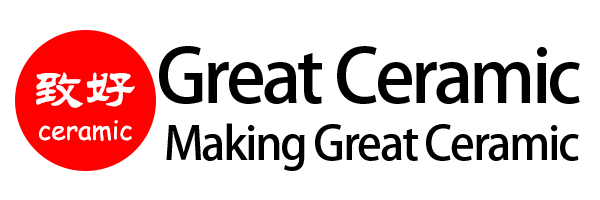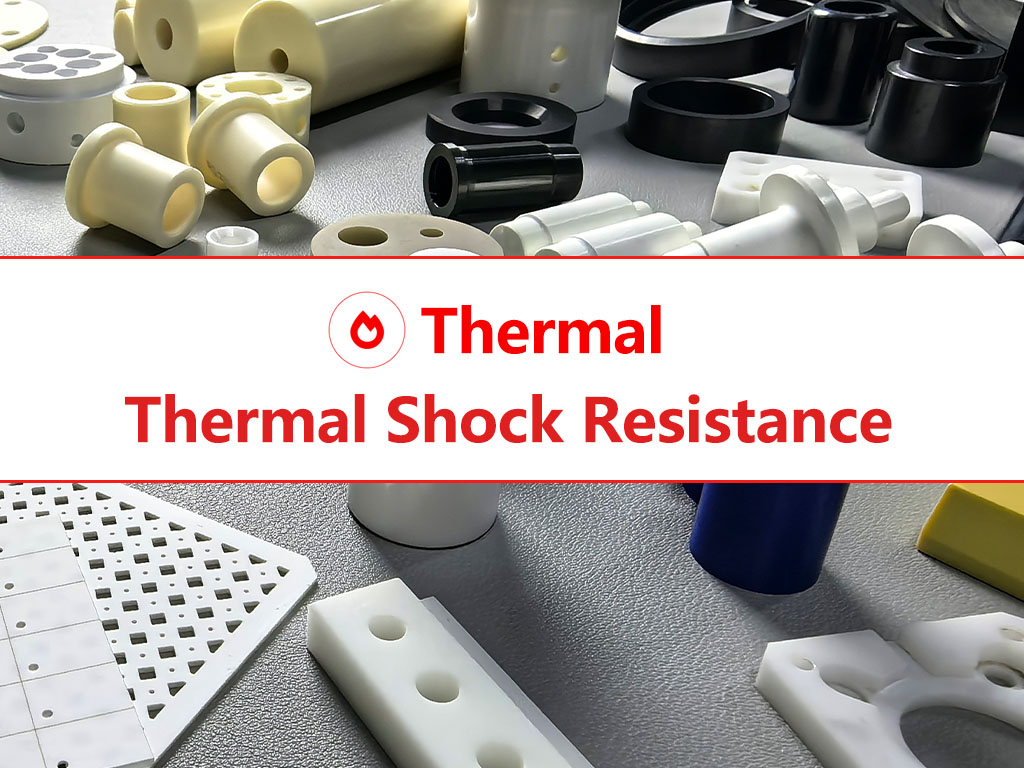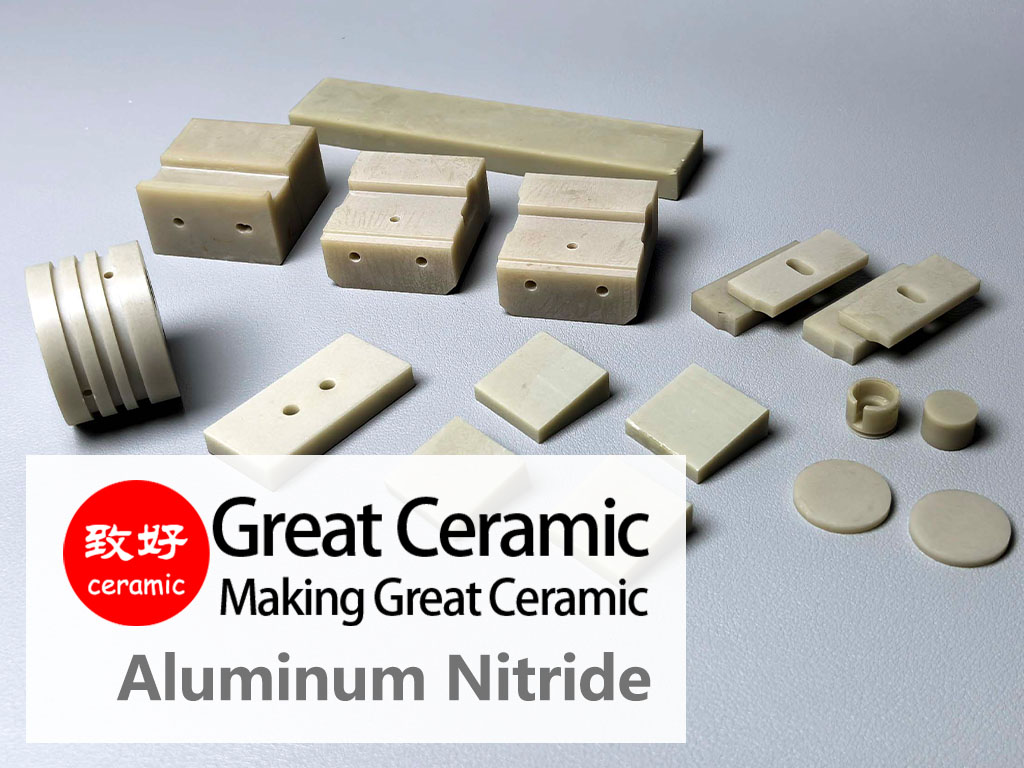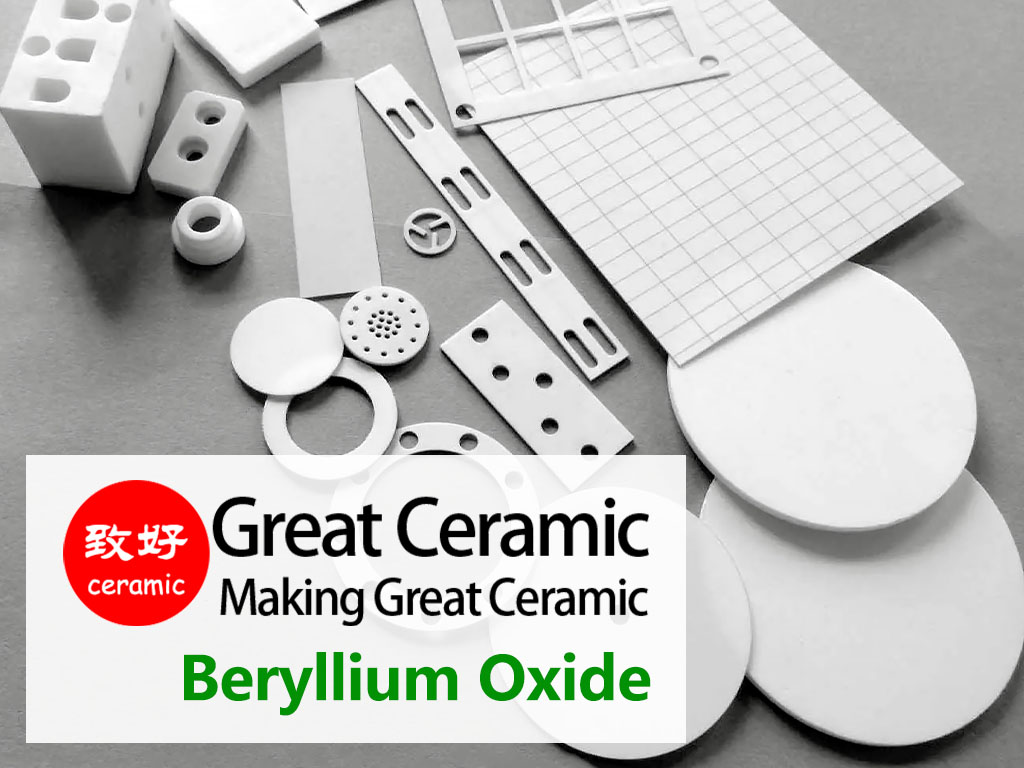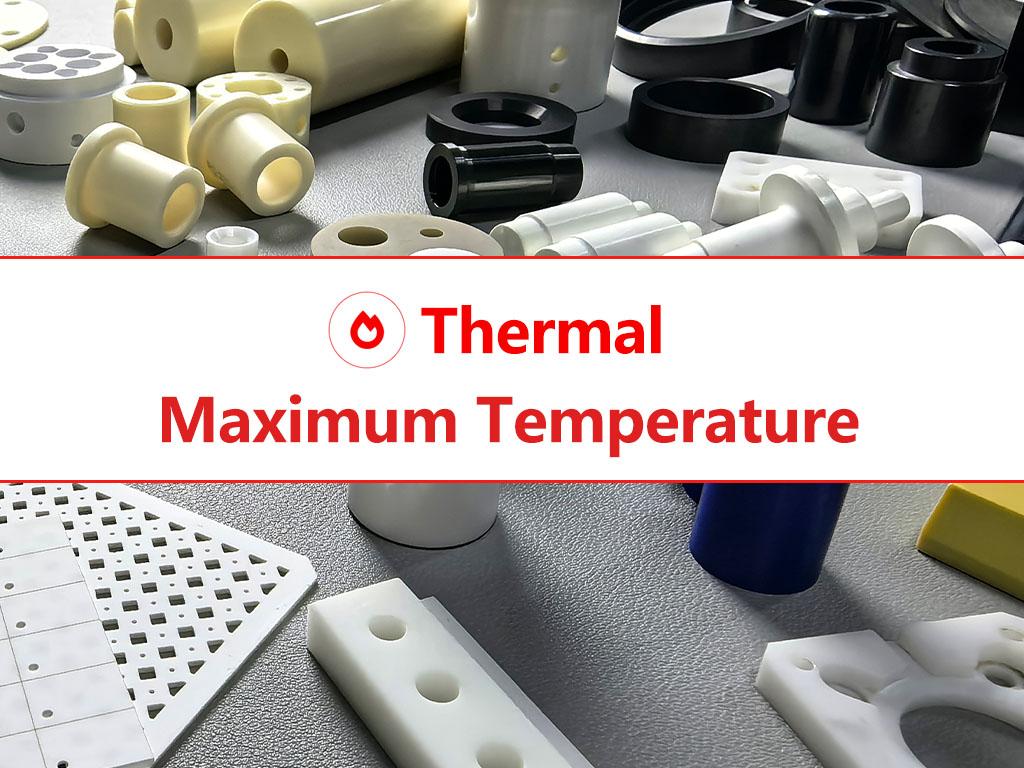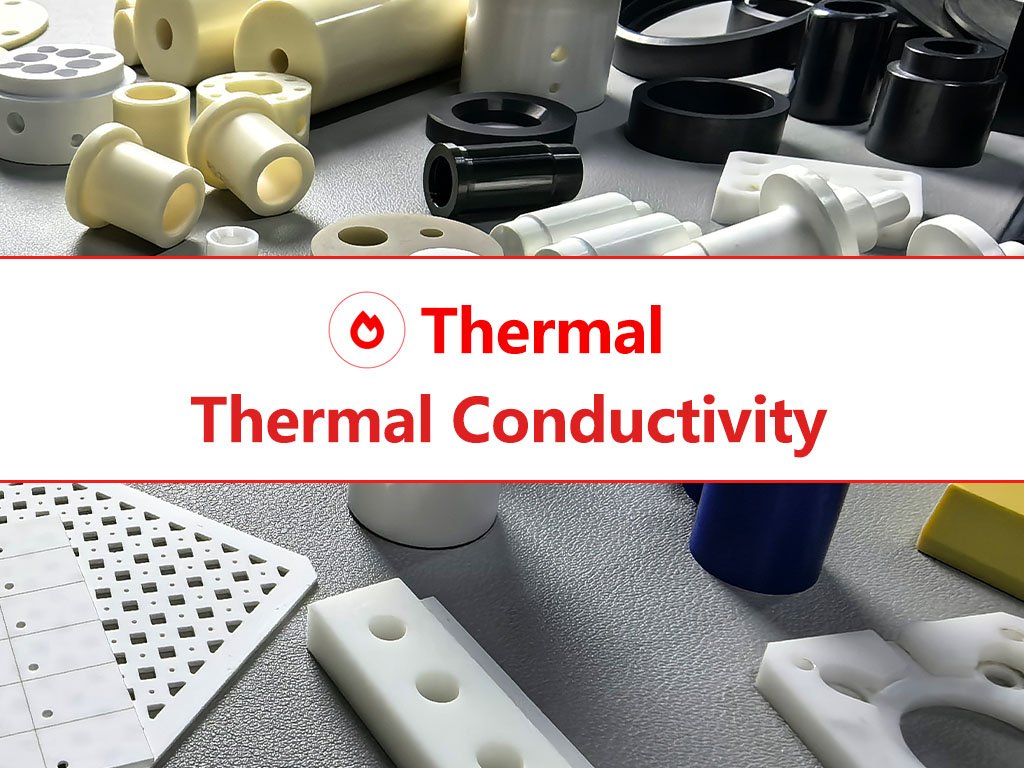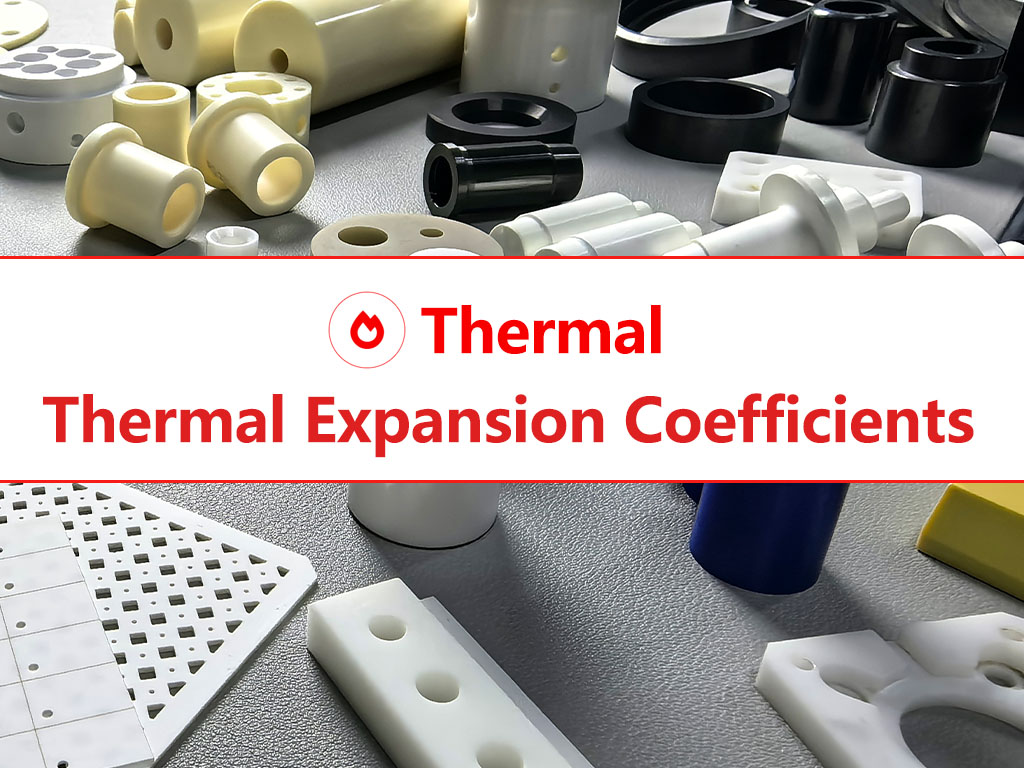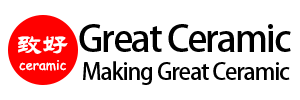セラミックスに耐熱衝撃性が重要な理由
セラミックは、温度変化が極端で予測不可能な環境で使用されることが多い:
適切な熱衝撃耐性がなければ、高強度セラミックでさえ突然破損する可能性があり、機器の損傷、安全上のリスク、メンテナンスコストの増加につながります。
影響要因
結論熱膨張率が低く、熱伝導率が高い材料は、通常、より優れた耐熱衝撃性を示す。
設計原則
主要アドバンストセラミックスの耐熱衝撃性データ
熱衝撃条件に適した高度なセラミックを選択するには、機械的強度、熱膨張率、熱伝導率のバランスをとる必要があります。単一の材料がすべてにおいて優れているわけではありませんが、ニーズに合わせた選択により、熱サイクルストレス下で最適な性能を発揮することができます。
グレートセラミックでは、航空宇宙産業から半導体産業まで、さまざまな熱アプリケーションのための材料提案と精密加工を提供しています。
| 素材 | 熱伝導率(W/m-K) | 熱膨張 (10-⁶/K) | 標準ΔT許容差(℃) | 特徴 |
|---|---|---|---|---|
| 窒化ケイ素 (Si₃N₄) | 20-30 | 2.8-3.3 | 500~700 | 高い破壊靭性+中〜高熱伝導性、熱衝撃に適した材料 |
| 炭化ケイ素(SiC) | 120 | 4.0-4.5 | 350~500 | 高熱伝導性+高強度、冶金および化学熱環境で広く使用されている。 |
| 窒化アルミニウム(AlN) | 175 | 4.5-5.3 | 300~500 | 熱管理システムに広く使用される高熱伝導性セラミックス |
| 酸化ベリリウム (BeO) | 230 | 7.5-9.0 | ~250 | 超高熱伝導性だが毒性があり、用途は限られる |
| ZTAセラミックス | ~15 | 7.5-8.0 | ~325 | 強化アルミナ、軽度の熱衝撃環境に最適 |
| 窒化ホウ素(BN) | 60-80(ヘックス) | 1.0-2.0 | ~200 | 膨張係数は非常に低いが強度は低く、断熱界面に適している。 |
| 機械加工可能なガラス・セラミック | 1.5-3.5 | 3.0-3.5 | ~200 | 加工性は良いが、熱伝導率と強度が低い。 |
| ジルコニア (ZrO₂) | 2.5-3 | 10.0-11.5 | ~300 | 靭性は高いが熱伝導率が低く、急激な温度変化で割れやすい。 |
| アルミナ(Al₂O₃、99.5%) | 25-35 | 7.5-8.5 | 200~300 | 一般的に使用されるセラミックスだが、頻繁な熱衝撃環境には適さない |
*データは参考値です。
比較セラミックと金属およびプラスチックの比較
以下の棒グラフは、Rパラメータを指標として、一般的な材料をおおよその熱衝撃抵抗値でランク付けしたものです(高いほど良い)。これらの値は、材料データベースと業界ベンチマークから得られたものです。
赤: アドバンスト・セラミックス 黄色だ: 金属 グリーン プラスチック
*データは参考値です。
